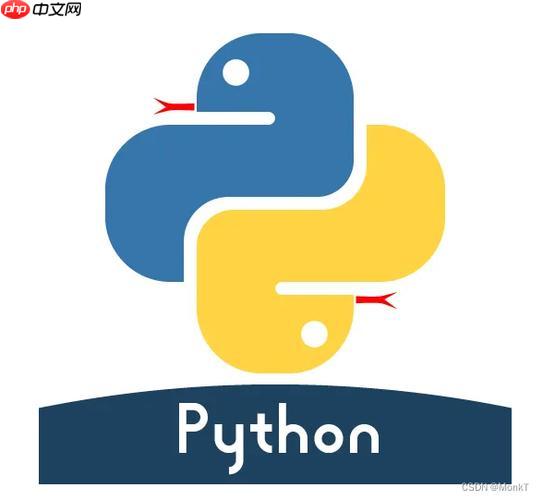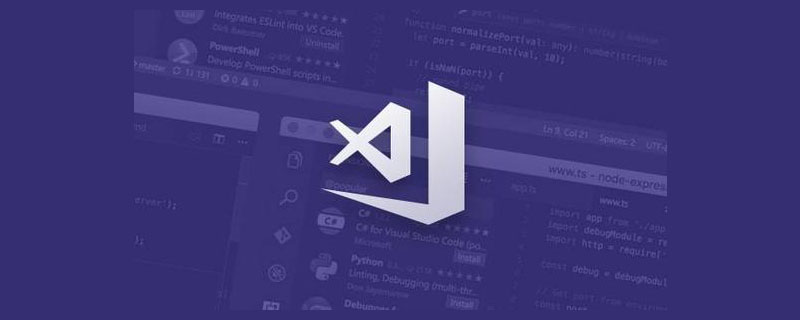python的關鍵字有35個,截至python 3.9。它們分別是:1. false, true, none:布爾和空值常量;2. and, or, not:邏輯運算符;3. as:用于別名;4. assert:調試用;5. async, await:異步編程;6. break:跳出循環;7. class:定義類;8. continue:跳過當前循環;9. def:定義函數;10. del:刪除對象;11. elif, else, if:條件語句;12. except, finally, try:異常處理;13. for, in:遍歷序列;14. from, import:導入模塊;15. global:聲明全局變量;16. is:比較對象身份;17. Lambda:創建匿名函數;18. nonlocal:聲明非局部變量;19. pass:占位符;20. raise:拋出異常;21. return:從函數返回值;22. while:創建循環;23. with:簡化資源管理;24. yield:定義生成器。

在Python編程中,關鍵字是一些具有特殊含義的詞語,它們被保留用于語言的語法結構和功能。了解這些關鍵字對于編寫有效且正確的Python代碼至關重要。讓我們來深入探討Python中的關鍵字及其作用。
Python的關鍵字列表如下:
import keyword print(keyword.kwlist)
運行上述代碼,你會得到一個包含所有Python關鍵字的列表。截至Python 3.9,這些關鍵字包括:
立即學習“Python免費學習筆記(深入)”;
['False', 'None', 'True', 'and', 'as', 'assert', 'async', 'await', 'break', 'class', 'continue', 'def', 'del', 'elif', 'else', 'except', 'finally', 'for', 'from', 'global', 'if', 'import', 'in', 'is', 'lambda', 'nonlocal', 'not', 'or', 'pass', 'raise', 'return', 'try', 'while', 'with', 'yield']
現在,讓我們逐一探討這些關鍵字的作用和用法:
-
False, True, None: 這些是布爾值和空值常量。False和True用于布爾邏輯,而None表示一個空值或未定義的值。
x = None y = True z = False
-
and, or, not: 這些是邏輯運算符,用于組合或否定布爾表達式。
if x > 0 and y < 10: print("Both conditions are true") -
as: 用于別名,如在導入模塊時使用。
import numpy as np
-
assert: 用于調試,檢查條件是否為真,如果為假則拋出AssertionError。
assert x > 0, "x should be positive"
-
async, await: 用于異步編程,async定義異步函數,await用于等待異步調用完成。
async def my_coroutine(): await some_async_function()
-
break: 用于跳出循環。
for i in range(10): if i == 5: break
-
class: 定義類。
class MyClass: def __init__(self): pass
-
continue: 跳過當前循環的剩余部分,繼續下一次迭代。
for i in range(10): if i % 2 == 0: continue print(i)
-
def: 定義函數。
def my_function(): return "Hello, World!"
-
del: 刪除對象。
my_list = [1, 2, 3] del my_list[1]
-
elif, else, if: 用于條件語句。
if x > 0: print("Positive") elif x == 0: print("Zero") else: print("Negative") -
except, finally, try: 用于異常處理。
try: result = 10 / 0 except ZeroDivisionError: print("Cannot divide by zero!") finally: print("This will always execute") -
for, in: 用于遍歷序列或其他可迭代對象。
for item in [1, 2, 3]: print(item)
-
from, import: 用于導入模塊或從模塊中導入特定對象。
from math import pi import sys
-
global: 聲明全局變量。
x = 10 def my_function(): global x x = 20
-
is: 用于比較對象的身份。
a = [1, 2, 3] b = a print(a is b) # True
-
lambda: 創建匿名函數。
square = lambda x: x ** 2 print(square(5)) # 25
-
nonlocal: 聲明非局部變量。
def outer_function(): x = 10 def inner_function(): nonlocal x x = 20 inner_function() print(x) # 20
-
pass: 用于占位,表示一個空操作。
def my_function(): pass
-
raise: 拋出異常。
raise ValueError("Invalid value") -
return: 從函數中返回值。
def add(a, b): return a + b
-
while: 用于創建循環。
i = 0 while i < 5: print(i) i += 1
-
with: 用于簡化資源管理,如文件操作。
with open('file.txt', 'r') as file: content = file.read() -
yield: 用于定義生成器。
def my_generator(): yield 1 yield 2 yield 3
在實際編程中,理解這些關鍵字的作用和用法是至關重要的。它們不僅幫助你編寫出功能強大的代碼,還能讓你的代碼更加清晰和可維護。以下是一些關于使用這些關鍵字的建議和注意事項:
- 避免濫用關鍵字:雖然關鍵字在Python中非常有用,但不要為了使用而使用。確保每個關鍵字的使用都是必要的和合理的。
- 理解異步編程:async和await是相對較新的關鍵字,了解它們的用法可以幫助你更好地處理異步任務。
- 異常處理:合理使用try, except, finally來處理異常,可以使你的代碼更加健壯。
- 性能考慮:例如,使用lambda函數時,要考慮到它們可能會影響性能,尤其是在大規模應用中。
總之,Python的關鍵字是編程語言的核心元素,掌握它們不僅能提高你的編程效率,還能讓你更深入地理解Python的設計哲學和實現原理。



















